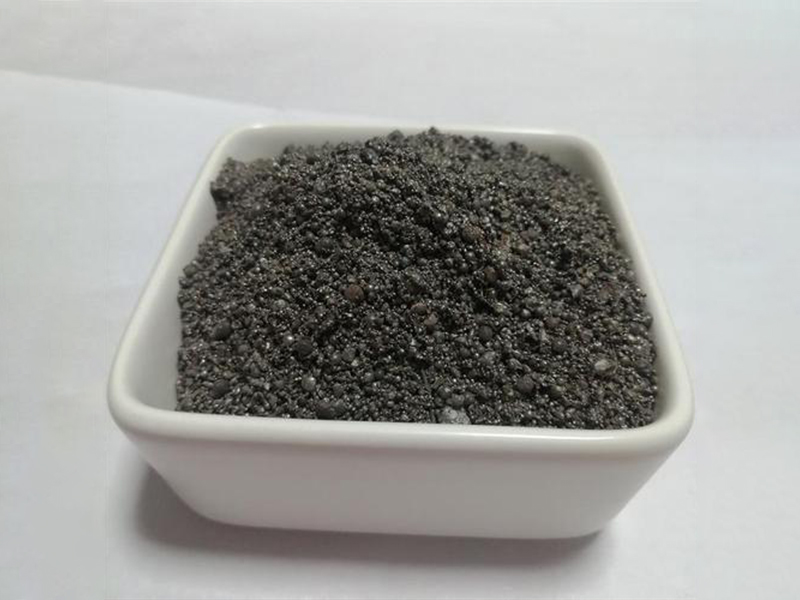Causes of problems in applying ultra high strength concrete
 Feb 08, 2023|
Feb 08, 2023| View:630
View:630Ultra high performance concrete has high strength, high load capacity, low resource and energy consumption, and excellent durability, which can meet the requirements of high-rise buildings and large-span, heavy-duty civil engineering. It has been used in many projects at home and abroad since the 1960s.

With the gradual popularization of high-strength concrete, the application of ultra-high-strength concrete in the process of the problems is increasingly prominent. Due to the low water-cement ratio of high-strength concrete, resulting in a large viscosity of concrete, construction is more difficult. The current cast-in-place ultra-high-strength concrete grade is generally C60 ~ C80, and higher-strength grade concrete is generally prefabricated components. Not only that, due to the low water-cement ratio and high amount of cementitious materials, high strength concrete shrinkage deformation, hydration temperature rise, and other problems are also more prominent, seriously affecting the volume stability of ultra high strength concrete. In addition, as the strength of ultra-high-strength substantially increases, the problem of brittleness is also gradually highlighted.
1. The viscosity of fresh concrete is large, and the construction is difficult.
The current understanding of the large viscosity of ultra high strength concrete is only limited to the surface, and the nature of its large viscosity has not been reported in detail. According to the two-phase theory, fresh concrete can be composed of coarse aggregate and mortar, with different sizes and shapes of coarse aggregate wrapped by mortar. Compared with normal concrete, the water-cement ratio in UHPC is low, the volume of water per unit volume decreases, and the volume of solid particles increases, resulting in a decrease in the thickness of the water film layer on the particle surface and an increase in the viscosity of the slurry. In addition, the reduced thickness of the water film layer will also reduce particle spacing and strengthen inter-particle friction, thus leading to a further increase in viscosity. Therefore, the reduction of the thickness of the water film layer on the particle surface in the slurry due to the low water-cement ratio is the main reason for the large viscosity of UHPC.
2. The amount of cementitious materials is large, and the hydration temperature rises.
The exothermic hydration of ultra high strength concrete causes the phenomenon. The water-cement ratio is 0.236 ~ 0.4. The highest temperature rise of concrete decreases with the reduction of the water-cement ratio. The lower the water-cement ratio, the lower the temperature rise. However, the partial replacement of cement by silica fume in ultra high strength concrete leads to an accelerated early hydration rate, causing a faster early hydration temperature rise, which in turn leads to an increased risk of early cracking of ultra high strength concrete.
3. High self-shrinkage and high risk of cracking.
High cementitious material dosage and low water-cement ratio significantly increase the shrinkage of ultra high strength concrete. When the water-cement ratio is reduced, the drying shrinkage of concrete is reduced because the free water that can evaporate to the outside world is reduced; however, the lower the water-cement ratio, the less water is used, the less free water can be provided for cement hydration, and the hydration reaction leads to too rapid consumption of water inside the capillary pores, and the proportion of self-shrinkage gradually increases. The test results show that: when the water-cement ratio is 0.4, the self-shrinkage accounts for 40% of the total shrinkage. When the water-cement ratio is 0.3, the self-shrinkage accounts for 50%, and when the water-cement ratio is 0.17, the self-shrinkage accounts for almost 100%. When the water-cement ratio is<0.3, adding active mineral admixture, especially silica fume, will further aggravate the early self-shrinkage of ultra high strength concrete.
4. brittleness and poor toughness.
Ultra high strength concrete brittle prone to brittle damage can be explained from the following two aspects.
a) From the microscopic level of chemical bonding, the chemical bonds that constitute the concrete material are mainly covalent and ionic, reflected in the macroscopic brittleness of the material.
b) From the perspective of fracture mechanics at fine and macroscopic levels, it is believed that concrete is a non-homogeneous multiphase material with a large number of internal defects such as microcracks, interfaces, weak layers, and pores, which are prone to form stress concentrations when subjected to external loads and increase the probability of damage. For high-strength concrete, the interfacial transition zone between the aggregate and the matrix is radically improved, unlike the interfacial damage of ordinary concrete, whose damage cracks under load are likely to pass directly through the aggregate itself, making the whole damage process consume less energy, which leads to the brittleness of ultra-high-strength concrete than ordinary concrete.
The above is why the application of ultra high strength concrete problems occurs. If you need more detailed information, welcome to contact us!




